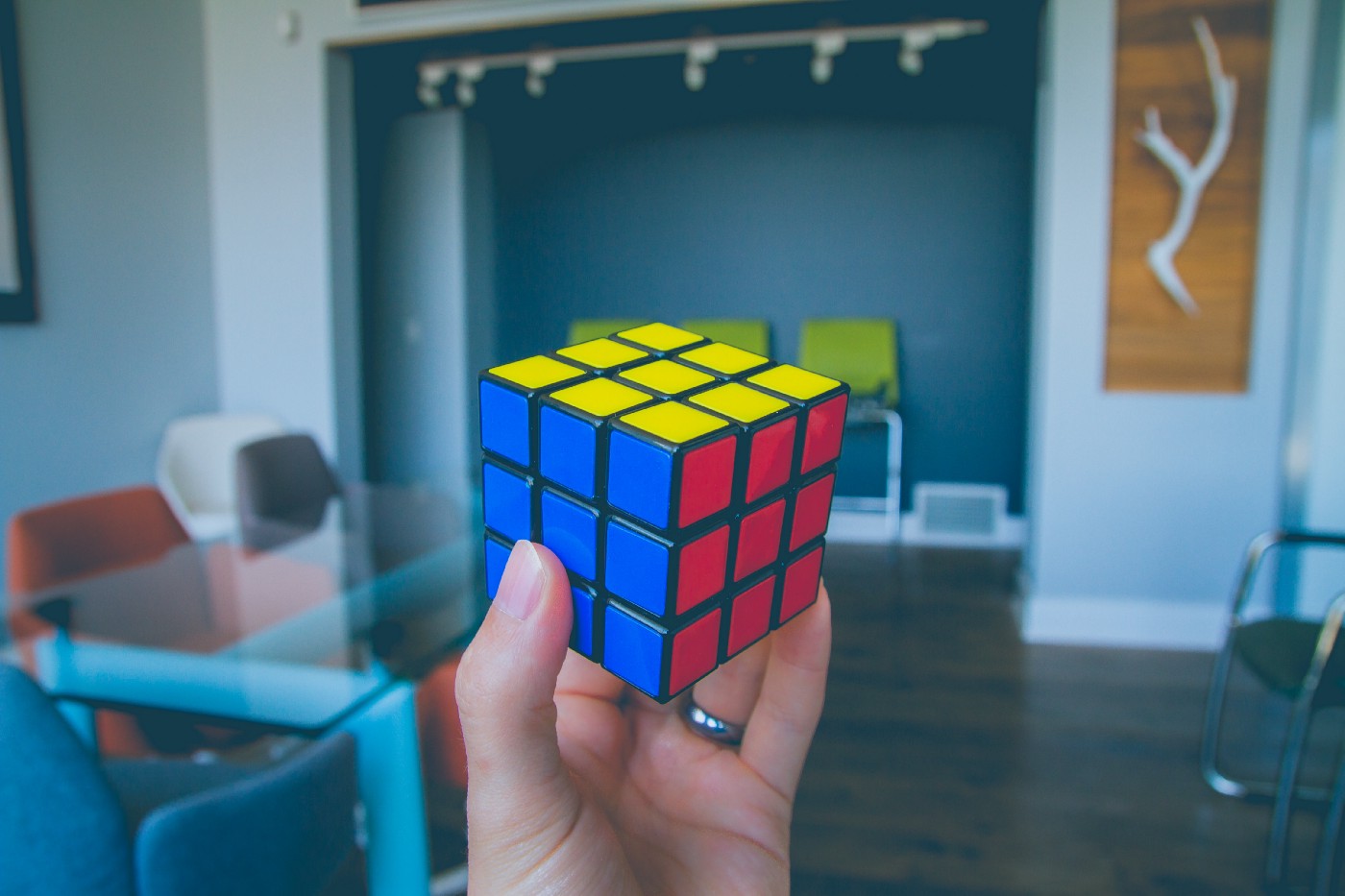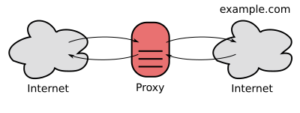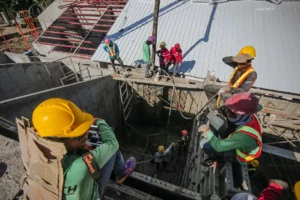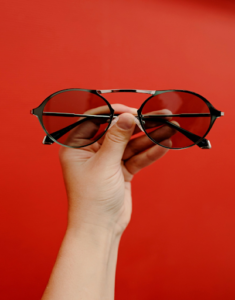
If you’ve ever wanted to solve a Rubik’s cube but had no clue how to start, there are a few tricks you can use. Rotating the up face clockwise two times can solve the puzzle, as can shuffling the edges on the middle layer from the top or left. You can also solve it by using the ZZ method.
Rotate the up face clockwise two times to solve a rubik’s cube
There are several different ways to solve a Rubik’s Cube. One way involves using an algorithm. These algorithms are composed of a series of rotations, indicated by letters that spell out which faces are to be turned. The first letter of a Rubik’s Cube algorithm means to turn it clockwise, while the other letters mark the opposite direction.
The directions will also have numbers that describe the direction of rotation. For example, clockwise is 1; counterclockwise is -1; and 180 degrees is 2. If a cube has more than three faces, the directions will say to rotate the top face clockwise two times.
You can also use the master plan to solve a Rubik’s cube. Start by solving the first cross. For the most part, this means that the yellow side will be your final layer. You may also use the corner pieces as a guide to solve a Rubik’s Cube.
The middle layer is another way to solve a Rubik’s cube. You should insert the edge pieces in the middle layer and make sure that all pieces match the colors on the top. You should also turn the cube upside down to solve the middle layer.
If you want to solve a Rubik’s cube faster, you can use a strategy called super flip. This method requires only 20 moves. This strategy is based on the work of Herbert Kociemba. He divided the Rubik’s Cube into two parts: partially solved configurations and short solutions. The algorithm leads to the God’s Number, which is about 3,674160 permutations.
Shuffling the middle-layer edges from the top to left or right on the middle layer
First, you need to find the top-layer edge. This edge should have a yellow sticker. Turn it 90 degrees clockwise or counterclockwise. Then, drag the edge to the right or left, depending on which direction is the top-most edge. Repeat this process for each of the remaining sides. Then, check for unsolved edges. If any edge is left, move the edge with the yellow sticker up.
The next step is to move the pieces to the top layer. This will move the top-most piece to the top-most row. Then, you can move the edges to match the top-most white. You can also move pieces to match the color on a particular side. This process can save you a lot of time.
Next, you will have to identify the edges that need to move. Turn the Up face until two of the edge pieces line up with the center pieces of the same colour. For example, the red and blue edges are next to their respective center pieces. After you’ve identified the edges to move, you can swap them with the edge pieces in the middle layer.
After this, you can continue the process by rotating the edge pieces to the right or left of the middle layer until it fits into place. This way, you can quickly solve the puzzle.
ZZ Method to solve a rubik’s cube
The ZZ Method is one of the most popular methods for solving a Rubik’s cube. It was developed by Zbigniew Zborowski in 2006, and involves three steps. The first step is to orient all the cube’s edges. The next step is to turn the first two layers of the cube. Finally, the third step is to turn the last layer.
The F2L step is crucial to the speedsolving. This step Guest posting sites can result in an improved cubing technique, such as reducing the number of rotations. The F2L method also has a large number of variations in corner edge positions, making it a good option for the beginners as it does not require any algorithms.
This method has been around for several years, and it has become a popular choice among speedcubers. It is the most common method for solving 3x3x3 Rubik’s cubes, and has become the dominant method for speedcubing since its inception. In fact, every speedcuber in the top ten for 3x3x3 has been using this method at one point or another.
The ZZ Method is a newer technique for solving Rubik’s cubes. It involves three steps, each of which is designed to solve a specific set of problems. The first stage involves orienting all the cube’s edges. The second stage requires aligning the DF and DB edges, while the third stage involves rotating only the L, R, and U faces. This way, you can quickly solve the puzzle.






